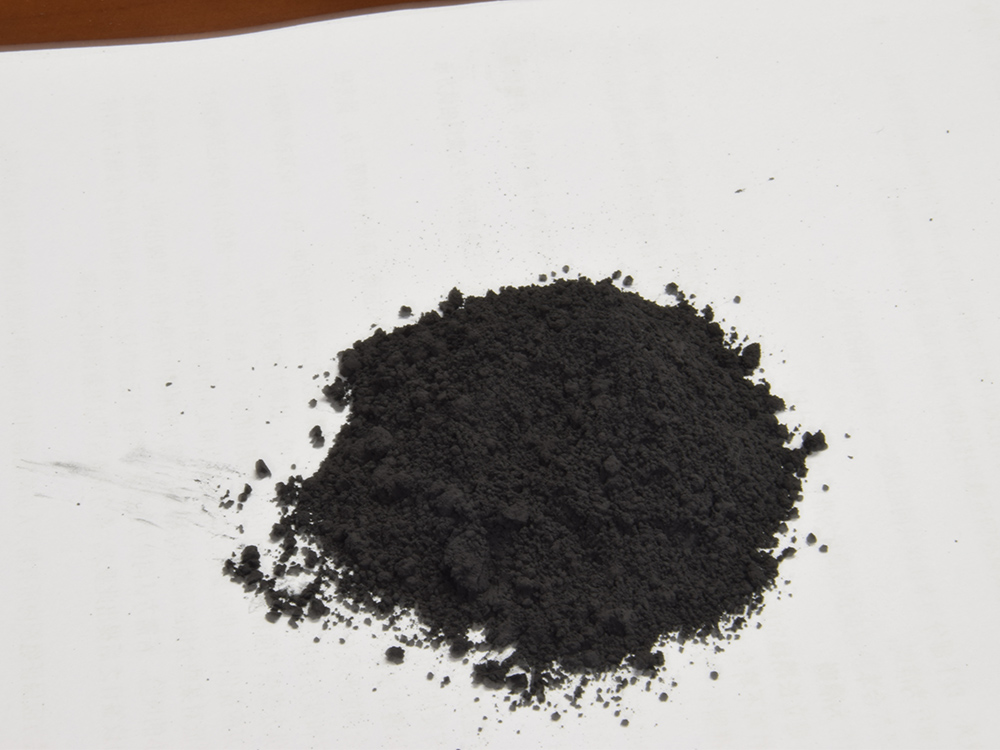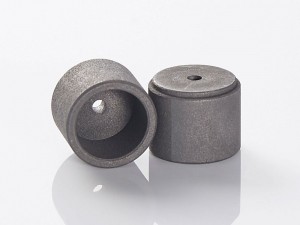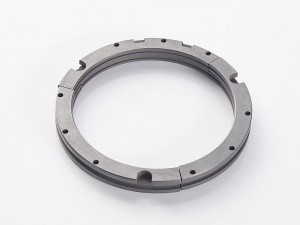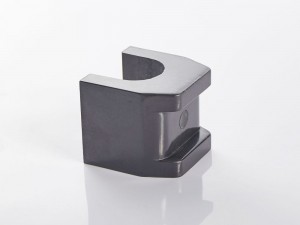Graphite powder is a kind of fine powder material made of carbon after high-temperature pyrolysis or carbonization, and its main component is carbon. Graphite powder has a unique layered structure, which is gray black or light black. Its molecular weight is 12.011.
The characteristics of graphite powder can be summarized as follows:
1. High conductivity and thermal conductivity: graphite powder is a good conductive and thermal conductivity material, with high thermal conductivity and conductivity. This is mainly due to the tight arrangement and layered structure of carbon atoms in graphite, which makes it easy for electrons and heat to conduct.
2. Good chemical inertness: graphite powder has good chemical stability and inertness under normal conditions, and does not react with most substances. This is also why graphite powder is widely used in the fields of electronic and chemical materials, high temperature corrosion protection, etc.
3. It has certain mechanical strength: compared with other nano-materials, graphite powder has higher impact resistance, extrusion resistance and crack resistance, which can enhance the mechanical properties of materials to a certain extent.
The preparation methods of graphite powder are various, and the common methods are as follows:
1. Pyrolysis at high temperature: heat natural graphite or chemically synthesized graphite crystal to high temperature (above 2000 ℃) to decompose it into graphite powder.
2. High-temperature carbonization method: graphite powder is obtained by chemical reaction of graphite with raw materials with layered structure similar to graphite. According to different raw materials, it can be divided into different preparation methods, such as vapor chemical vapor deposition, pyrolysis and carbonization.
3. Mechanical method: through mechanical grinding and screening operations, natural graphite or synthetic graphite materials are processed to obtain graphite powder.
Different preparation methods have different effects on the quality, purity and morphology of graphite powder. In practical applications, suitable preparation methods need to be selected according to different requirements.
1. Electronic and chemical materials: graphite powder can be prepared into conductive and thermal conductive polymer composites, which are used in electronic devices, batteries, conductive inks and other fields. For example, in electrode materials, graphite powder can increase the conductivity of the material, improve the electrochemical performance of the electrode, and extend the service life of the battery.
2. Coating materials: graphite powder can be used for the preparation of various coatings, such as anti-corrosion coating, thermal conductivity coating, electromagnetic shielding coating, etc. In the fields of automobile, aircraft, construction, etc., the coatings prepared with graphite powder can improve the ultraviolet resistance and corrosion resistance of materials.
3. Catalyst: Graphite powder can be used for the preparation of catalyst, and is widely used in organic synthesis, chemical production and other fields. For example, in the hydrogenation of vegetable oil, graphite powder after treatment can be used as a catalyst to improve the reaction selectivity and yield.
4. Ceramic materials: In the preparation of ceramic materials, graphite powder can improve its mechanical strength and other properties through strengthening effect. Especially in cermets and porous ceramics, graphite powder is widely used.








